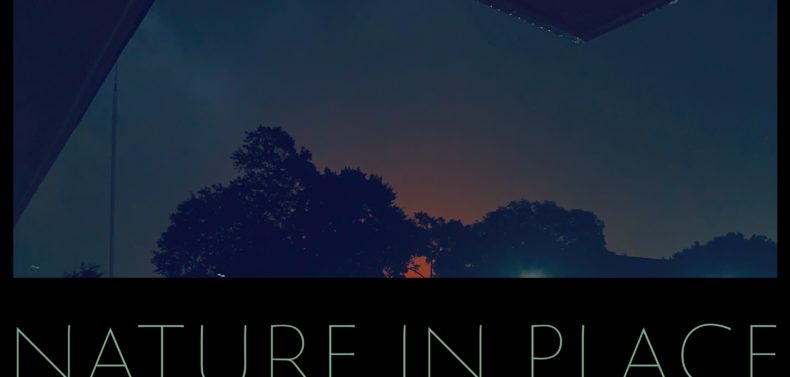The Willson Center for Humanities and Arts, in partnership with the UGA Graduate School, UGA Arts Council, Franklin College of Arts and Sciences, and Flagpole magazine, has awarded 34 micro-fellowships in its Shelter Projects program. The $500 fellowships support graduate students and community-based artists and practitioners in the creation of shareable reflections on their experience of the current pandemic through the arts and humanities.
Louisiana Lightsey is a PhD student in the Environmental Anthropology program at UGA. Her dissertation research explores indigenous relations to the natural landscape in the Ecuadorian Amazon and utilizes visual methods such as video ethnography and digital storytelling.
Artist Statement: What happens to human-nature relations when we self-isolate in our houses? How might video remind us that we continue to be interconnected with the organic environment, even in quarantine? Using only an iPhone, this video montage explores how the pandemic has redefined what it means to connect with the natural world. While sheltering-in-place would seem to limit our interactions with nature, I have found the opposite to be true. Quarantining has increased my awareness of the mesh of colors, textures, shapes, and sounds which animate indoor spaces, cross thresholds, and surround our houses, reminding us that we can never truly be in self-isolation. Through sharing this project with the community, I hope others will reflect on how being housebound might deepen our sense of place and retrain our perceptions of the natural world.
Flagpole: Tell us a little bit about yourself and your dissertation research!
Louisiana Lightsey: As a PhD student in Environmental Anthropology at the University of Georgia, I am broadly interested in the cultural and political aspects of human-nature relations, such as why there are so many variations in how human communities interact with their environment and why some variations are assumed to be better or worse. My dissertation research topic is Indigenous conservation and environmental activism in the Ecuadorian Amazon, and focuses on Indigenous conceptualizations of sustainability and alternatives to development.
Flagpole: “Nature in Place” is representative of what you call “digital mosaics.” How would you define a digital mosaic?
LL: For lack of a better term, I’ve used the concept of “mosaic” as a methodology for almost all my short films. In shooting and editing what might also be called a digital patchwork, I try to incorporate multispecies and sensory representation in order to force the viewer’s attention toward the other-than-human minutiae of dwelling. Instead of positioning the human as the central agent in human-nature relationality, the focus is on the colors, textures, movements, shapes and sounds which animate life on Earth. Whether out in the Amazon rain forest or inside an urban apartment complex, there’s always these little moments of nonhuman nature that are easily missed. The goal of a visual and auditory mosaic is to kind of juxtapose all those moments and micro-lifeworlds in a way that shows the viewer how they come together in a tapestry that really forms the centerstage of daily life in terrestrial places.
Flagpole: Many of the film’s scenes depict small details from within your home—potted plants, sunbeams and shadows, the sound of rain—essentially ways that the natural world has managed to infiltrate an interior “human” space. How might nature offer comfort or a form of companionship during times of self-isolation?
LL: I was surprised to find that the various shutdowns and quarantines I’ve experienced over the past months actually brought me closer to nature in a way. Having to cancel my fieldwork plans in Ecuador and having to suspend my frequent trips to parks and gardens around Athens at first heightened my anxiety and depression, as so many people have also experienced. I need green spaces, rushing waters and fresh breezes to stay balanced and to rejuvenate when I’m burned out, so I was really worried that the disconnection would take its toll. However, pausing normal activity, working online and literally not leaving the house for days on end wound up retraining my attention on the natural world. I was simply able to slow down and stay still for long enough to connect to things I’d missed or only briefly noticed before. For most people this type of tuning in can never replace human connection, nor should it, but I think that if we are forced to be isolated, stimulating all the senses by engaging the natural world wherever we are can absolutely mitigate the feelings of disconnection. I won’t lie, Netflix has also been a lifesaver, but it’s not enough. We need aliveness, the living world, and also to see how that part of life doesn’t stop even when the humans do. Like seeing-hearing-feeling-smelling an entire thunderstorm from a doorway. That’s got to be just as essential.
Like what you just read? Support Flagpole by making a donation today. Every dollar you give helps fund our ongoing mission to provide Athens with quality, independent journalism.










